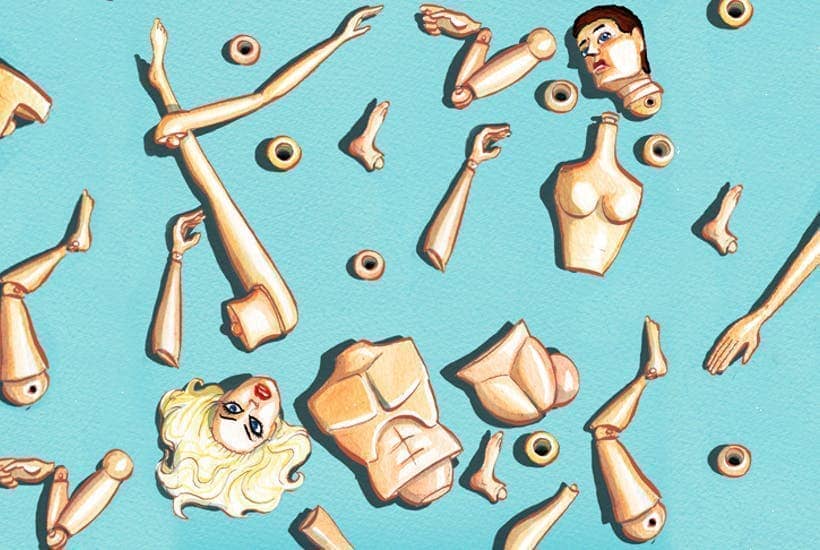For too long, some teachers and schools have been making it up as they go along when presented with the challenge of accommodating transgender-identified children. Either that or they have contracted out their thinking to Stonewall or other third-party providers. The promised guidance from the Department for Education (DfE) cannot come soon enough. The latest snippet that has emerged will reassure single-sex schools that they can indeed remain single-sex.
The rules around such schools have always allowed for some discretion. A boys’ school, for example, might admit a girl into the sixth form if the local girls’ school doesn’t offer her desired combination of A-Level subjects. But nobody would be under any illusion that the child has changed sex to do so. Her admission would be an ‘exceptional circumstance’, and the school would retain its single-sex-status. She would also need to be provided with appropriate facilities for her sex.
There will no doubt be howls of protest when the guidance is released
But transgender-identified pupils – of the opposite sex – present a very different challenge. They are unlikely to want to be singled out for special treatment in, for example, sports, changing rooms and toilets. Pressure would no doubt be put on the school to include them, and the other children risk being deprived of their right to single-sex activities and facilities.
Such pupils also present a challenge to the entire concept of single-sex education. If single-sex has meaning it must mean that; not single-gender – whatever gender might mean. Because admitting children of the opposite sex is not a zero-sum game. If boys – male children – are admitted to girls’ schools then girls who wanted a single-sex education lose out.
Of course, children struggling with ‘gender distress’ – a much better term than gender dysphoria, in my view – should not be excluded from single-sex schools designated for their own sex. Children struggle with many things during adolescence, and gender is just one of them. They need care and support, but support in a framework that has solid foundations: the reality of biological sex.
If children had not been made promises that they could change their sex and be treated as their preferred sex for all purposes, then none of this would be an issue. But the concept of gender identity has taken root in our society. There is no proof that it exists and claims cannot be falsified or tested. It is merely an assertion of feelings. Not only that, it is an unnecessary concept. I am transsexual – as an adult, I went through a process of gender reassignment involving hormone therapy and surgery – but I do not claim a gender identity.
We need to be honest as individuals and with society: being transsexual does not mean a person changes their sex. This is what schools need to understand, and it seems the DfE guidance is leaning in that direction.
There will no doubt be howls of protest when the guidance is released. Possibly there has already been pushback from within Whitehall, given that we had been promised this guidance would be published by the summer term. But critics must not prevent schools receiving guidance that reassures us that we are doing the right thing when we uphold the truth we have always known. Boys are male, and girls are female. There is difference between male and female, and that difference matters.







Comments